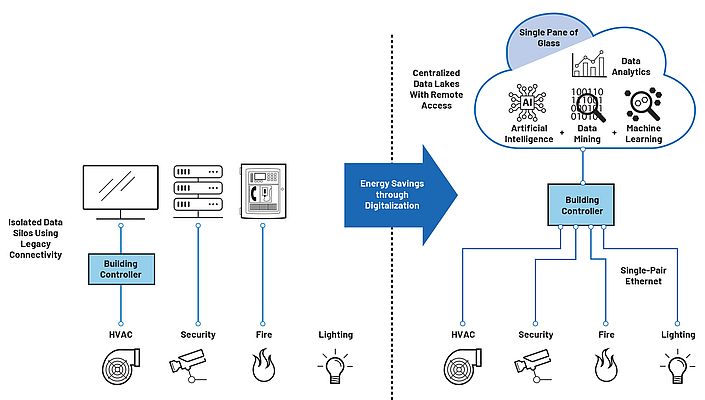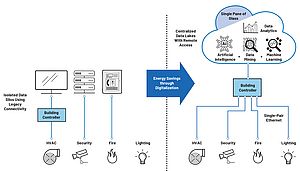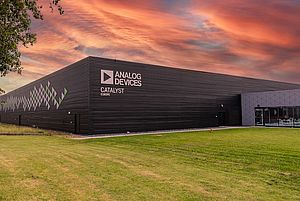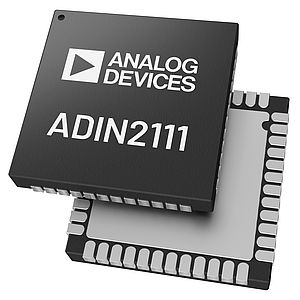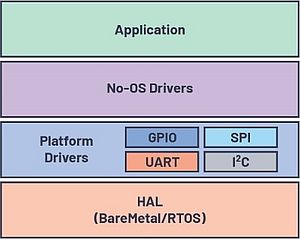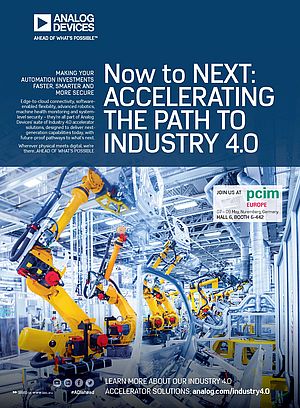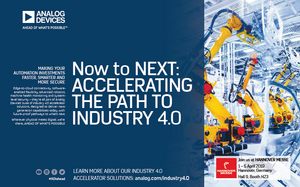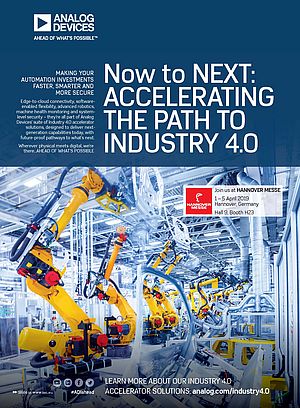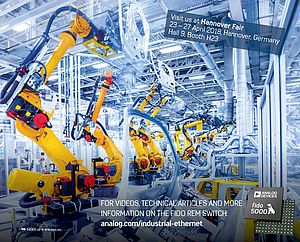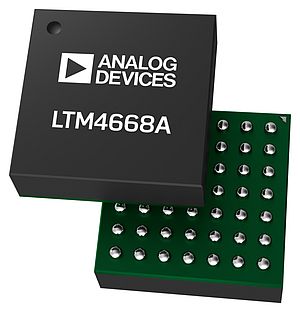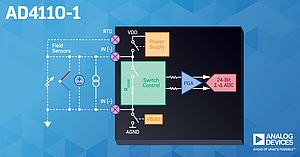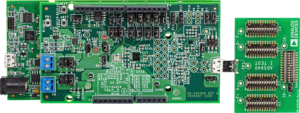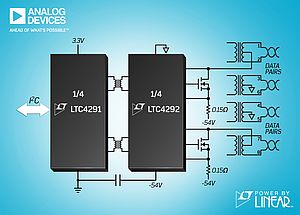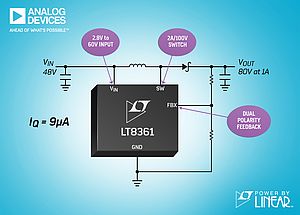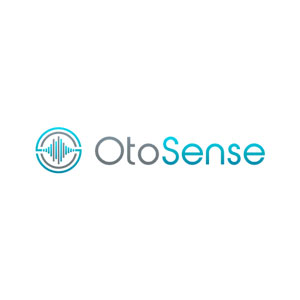To address climate change and sustainability, over 90 countries are actively developing net zero CO2 emission policies. In short, net zero is achieved when human-based CO2 emissions are both reduced and counterbalanced through other activities.
A fundamental factor in reaching net zero is the reduction of CO2 emissions across all industries. However, according to the International Energy Association (IEA), the building sector is not on track to meet global 2050 net zero CO2 emission goals. Specifically, 2030 goals target 35% less energy consumption per square meter compared to 2021. As buildings account for 30% of global energy consumption today, there is concern that emission goals will not be met unless the industry takes specific action to digitize systems and implement automation. Further complicating the challenge is that to implement effective automation, more real-time data capture is needed at a level that exceeds the current throughput capacity and responsiveness of legacy RS-485-based infrastructure. In addition, connecting devices and building systems to the network exposes them to cyberattacks, requiring advanced security beyond the current capabilities of these legacy networks.
This article explores how single-pair Ethernet can help the building industry meet net zero goals while supporting AI-based automation in a secure and cost-effective manner. Single-pair Ethernet enables longreach connectivity to the edge for both greenfield and retrofit installations, making it a critical tool for seamless data transfer between IT and OT domains.
Energy Savings Through Digitalization
The IEA 2030 Net Zero plan requires a ~15% reduction in emissions by reducing demand through techniques like behavioral changes and digitalization. While teaching people how to conserve energy can be effective, IEA case studies point to automation rather than behavior change as having the most potential for energy reduction.
Increasing digitalization of commercial buildings will enable operators to not only measure operational improvements but also provide the foundation for operational automation. With access to the right sensor data and control capabilities, it is possible to optimize the operation of buildings to reduce energy consumption while best serving the people within.
For example, the need to improve indoor air quality places additional demands on building operations. New regulations such as ANSI/ASHRAE 62.1 require the intake of more outdoor air, and additional amounts may be required to ensure best practices for health and hygiene. These ventilation standards will result in increased energy consumption, meaning energy demand will need to be further reduced. To achieve optimal operation, the many HVAC systems within a building need to be able to work together to avoid having the systems work at cross purposes. Converging operations of disparate HVAC, lighting, fire, and access control systems requires access to the right data and controls. These allow AI and machine learning (ML) optimization to determine the ideal use of light, heating, or cooling based on people’s current and planned activity. They also allow control of airflow to help ensure proper indoor air quality while balancing energy consumption.
However, it is hard to converge data from multiple systems with separate vendors maintaining separate databases, leading to data siloes. According to the IEA group working on data sharing guidelines for buildings and HVAC systems, the challenge then is to bring diverse data sources together in a single pane of glass, so that trends can be compared, and analytics applied, to yield new insights, as shown in Figure 1.
Modernizing the Communications Infrastructure
Key to merging the many different data sources within a building is the measurement and connectivity infrastructure being used. Traditionally, sensors and controls in commercial buildings have been connected through wired serial communication links using RS-485 transceivers and protocols like BACnet™, Modbus, and LonWorks.
RS-485, however, is a legacy interface that is limited in both throughput and security. For example, the maximum baud rate for BACnet MS/TP, a common building automation protocol, running on an RS-485 physical layer is 115.2 kbps. In addition, legacy communication protocols like BACnet and Modbus were designed for closed networks and lacked built-in encryption and authentication capabilities. This creates a large cybersecurity threat as these devices are connected to the internet through gateways to IT infrastructure.
Single-pair Ethernet, specifically 10BASE-T1L, is an exciting new communication method ratified on November 2019, IEEE 802.3cg, which is now being deployed in buildings. Wired serial link cable used for RS485 runs can be reused with 10BASE-T1L Ethernet data running over it. Thus, existing infrastructure can be adapted to single-pair Ethernet. This has many benefits:
- Nodes can now support higher bandwidths of up to 10 Mbps.
- Nodes are IP addressable, simplifying the management of devices. • Reach increases to 1 km, which is enough to support the maximum lengths used for existing RS-485 cabling runs. This is a marked improvement over standard 10 Mbps/100 Mbps Ethernet’s limit of just 100 m.
- IEEE 802.3cg specifies Class 15 and allows up to 52 W of power to be sent over single twisted pair cable along with 10BASE-T1L data. With the recently released LTC4296-1 power over Ethernet (PoE) controller, systems can deliver power to a wide range of end devices. Note that due to variations in cable quality, power delivery is recommended for new installs only.
As a first step in the digitalization journey, building controllers using standard 10 Mbps/100 Mbps Ethernet have been deployed, communicating with Ethernet-based versions of these legacy protocols, called BACnet/IP and Modbus TCP/IP. BACnet/IP devices use the same data objects as BACnet MS/TP legacy devices, so it is easy to implement a system with both types of devices. Ethernet-connected installs with IP-based protocols like BACnet/IP and Modbus TCP/IP that support modern cybersecurity measures are on the rise. BACnet has about 60% market share worldwide and about 80% of new installs are using wired RS-485-based serial communications. The Building Services Research and Information Association (BSRIA) estimated that in 2019, 5% of HVAC sensors were wireless with lower connection reliability and the need for batteries limiting where this can be adopted. To find part II please visit: https://www.ien.eu/bingo/64652



